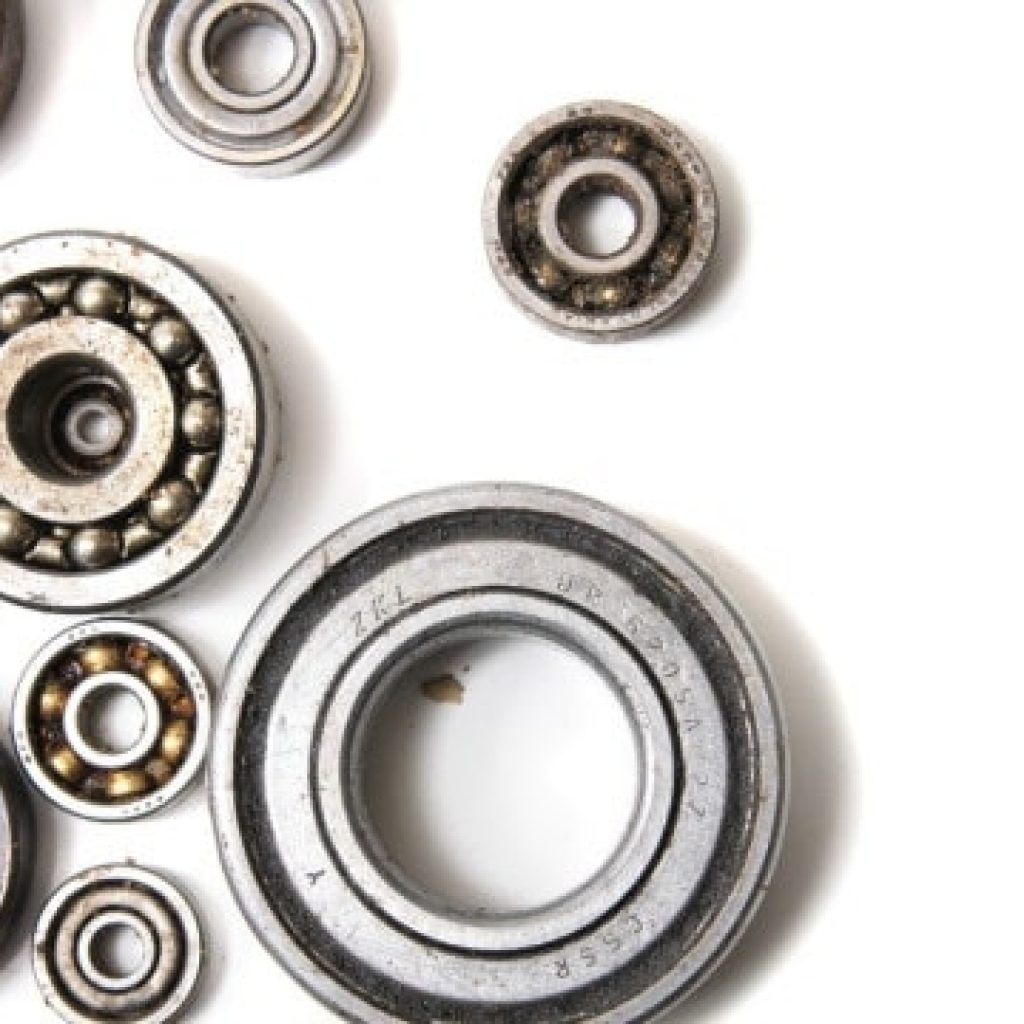Shaft bearing failures in industrial electric motors can be caused by a variety of problems. For example, it is natural to think of excessive side forces when belts or chains are improperly adjusted, environmental heat, dust, or corrosives, or improper lubrication.
One factor, however, that often surprises people is the effect that poor electrical power quality, especially voltage and current harmonics, can have on bearings. This can be surprising because we tend to assume that bearings are outside the loop of normal electrical power flow. So how could power affect them adversely?
In motors where the armature windings are mounted on the shaft or rotor, electricity is transferred to those windings through brushes on a segmented or slip-ring commutator, or in the case of a brushless motor, through electromagnetic induction. Ideally, there should be no other electrical current flow between the rotor and the “outside world”.
The armatures in motors are engineered to create electromagnetic fields that translate as efficiently as possible into torque that is applied to make the motor spin. The problem we often see, however, occurs when harmonic currents are present in the armature windings. The frequencies of these currents often create magnetic fields that fight against the normal rotation of the rotor. These abnormal fields also tend to induce electrical eddy currents in the iron cores of the armature.
If these eddy currents would simply “behave” and stay in the iron cores, they would be mostly harmless. Electrical potential, however, always seeks equilibrium. This means that the eddy currents will always seek ground, and in a typical motor, the only path from the iron core of the rotor armature to ground is through the shaft bearings.
We’ve all seen what happens when an electrically charged wire is touched to a grounded metal surface. Sparks fly, the end of the wire is burned, and the metal surface is burned and pitted. Since a spinning bearing does not provide a solid contact point with its races, something very similar (even if not quite as pronounced) will happen when electrical eddy currents flow from the rotor shaft to the grounded motor casing through the bearings. Surface pitting on the bearings and their races will gradually deteriorate the smooth rolling surfaces, significantly reducing the lifespan of the bearings. If you are seeing abnormally high motor bearing failure rates, you should check them for signs of electrical pitting.
Some harmonic currents (and voltages) are present in virtually all AC electrical systems and tend to be harmless unless they exceed certain levels. At elevated levels, however, not only do they create problems in your motors but they can also cause nuisance breaker tripping, overheated wiring, and failure or erratic behavior in computers and other control systems.
The good news is that through appropriate power quality analysis and harmonic mitigation efforts, we can diminish the impact of harmful harmonics – including their damaging effect on motor bearings. Frequently, the expense of harmonic mitigation efforts will be offset within a short period of time by the reduced expense of motor repairs or replacements – not to mention more reliable function of controllers and improvements in all of your other electrical systems.





